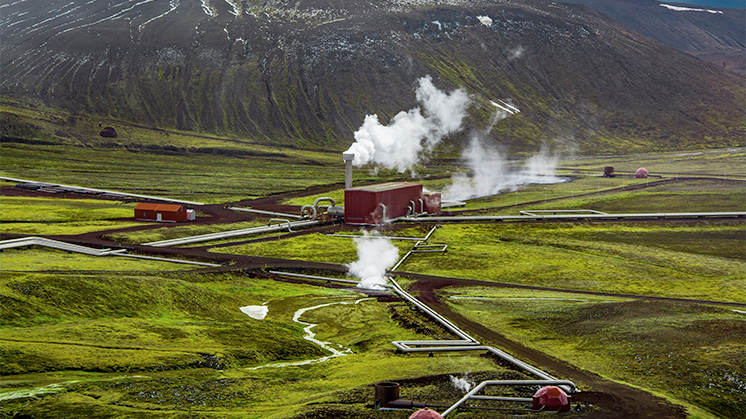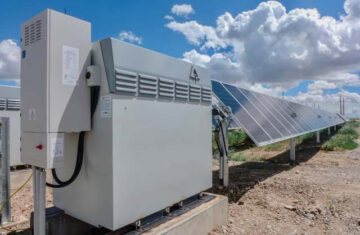The Rise of Geothermal Energy in Spain
Geothermal energy is gaining traction as a sustainable energy source in Spain, a country traditionally known for its solar and wind resources. With its diverse geological landscapes, Spain possesses significant potential for harnessing geothermal energy, which can provide a stable and renewable power supply. This article explores the current state of geothermal energy in Spain, its growth prospects, challenges, and the future of this renewable resource.
Understanding Geothermal Energy
What is Geothermal Energy?
Geothermal energy is derived from the Earth’s internal heat. This heat can be found in the form of steam or hot water beneath the Earth’s surface and can be harnessed for various applications, including electricity generation, direct heating, and district heating systems.
Types of Geothermal Systems
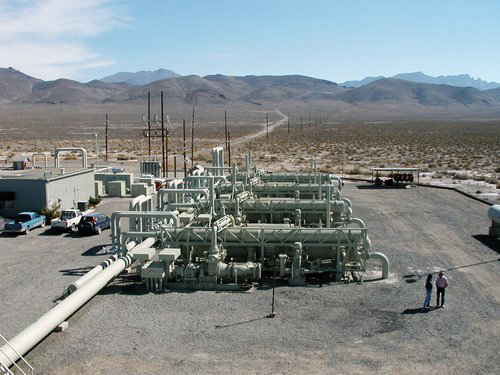
There are two primary types of geothermal systems:
- High-Temperature Geothermal Systems: Typically found in volcanic regions, these systems can generate electricity.
- Low-Temperature Geothermal Systems: These systems are used primarily for direct heating applications and can be found in various regions, including Spain.
The Geothermal Energy Landscape in Spain
Current Status
Spain has been slow to develop its geothermal resources compared to other European nations, such as Iceland and Italy. However, recent years have seen increased interest and investment in this renewable energy sector. According to the Spanish Geothermal Association (AGE), Spain has an installed geothermal capacity of approximately 300 MW as of 2022, primarily focused on low-temperature geothermal applications.
Key Statistics
- Total Installed Geothermal Capacity (2022): 300 MW
- Geothermal Power Plants: 16
- Direct Use Applications: 1,400 GWh/year
Geothermal Potential in Spain
Spain has significant geothermal potential, particularly in regions such as:
- Canary Islands: Known for their volcanic activity, these islands have high geothermal potential.
- Catalonia: Home to several geothermal projects, particularly for district heating.
- Andalusia: Offers opportunities for both geothermal power generation and direct use applications.
Applications of Geothermal Energy in Spain
Electricity Generation
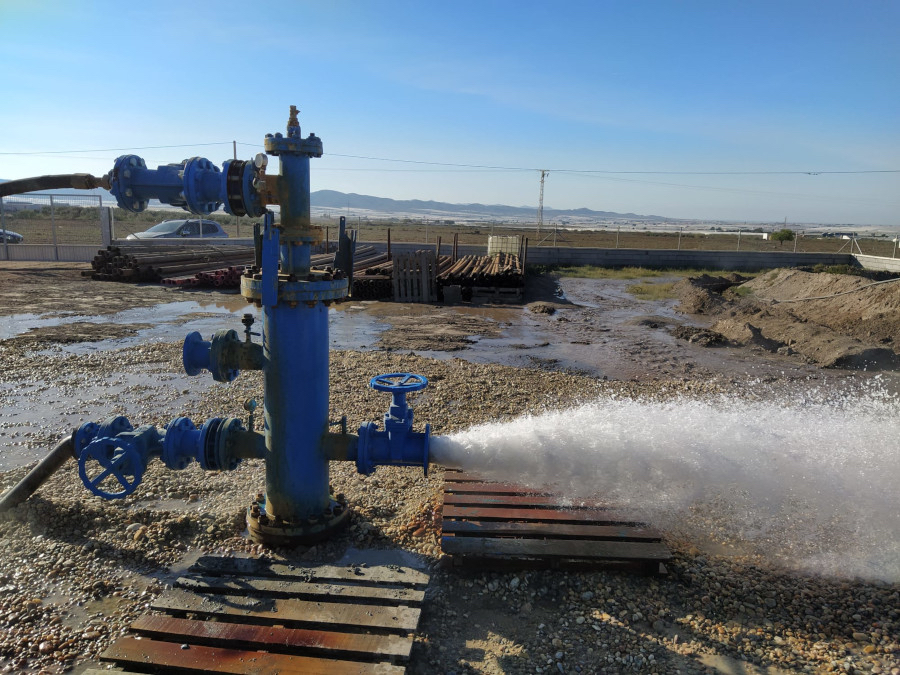
Geothermal power plants can generate electricity by using steam or hot water to drive turbines. Currently, Spain has limited geothermal power generation capacity, but ongoing projects aim to increase this output.
Direct Use Applications
Spain utilizes geothermal energy for direct applications, such as:
- District Heating: Several municipalities use geothermal energy for heating systems, reducing dependency on fossil fuels.
- Agricultural Heating: Geothermal energy is employed in greenhouses to maintain optimal growing conditions, particularly in regions like Almería.
Government Policies and Initiatives
National Energy and Climate Plan (NECP)
Spain’s National Energy and Climate Plan (NECP) outlines the country’s strategy for transitioning to a low-carbon economy. The plan emphasizes the role of geothermal energy in achieving a 74% share of renewable energy in electricity generation by 2030. This ambitious target aims to enhance energy security and reduce greenhouse gas emissions (Ministry for the Ecological Transition).
EU Support
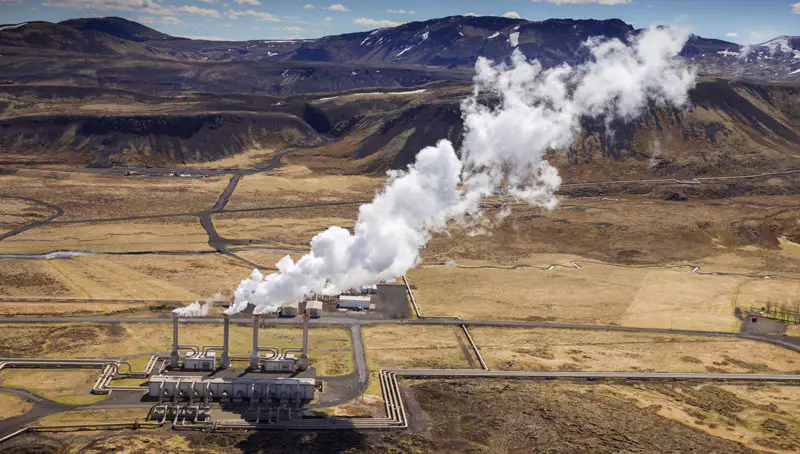
Spain benefits from European Union initiatives aimed at promoting renewable energy, including geothermal energy. The Green Deal and the Next Generation EU recovery plan allocate funds to support renewable energy projects, including geothermal initiatives (European Commission – The Green Deal).
Challenges Facing Geothermal Energy in Spain
Regulatory Barriers
One of the primary challenges facing the geothermal sector in Spain is the complex regulatory framework. The lack of clear policies and incentives for geothermal energy development can deter investments. Streamlining regulations and providing incentives would encourage more projects to move forward.
Public Awareness and Acceptance
Public awareness of geothermal energy is relatively low in Spain. Educating the public about the benefits and safety of geothermal energy can help increase acceptance and support for new projects.
Technological Limitations
While Spain possesses significant geothermal potential, technological limitations can hinder exploration and development. Investing in research and development for advanced geothermal technologies can help unlock this potential.
Economic Impact of Geothermal Energy
Job Creation
The geothermal sector has the potential to create numerous jobs across various fields, including engineering, construction, and maintenance. According to AGE, the geothermal industry could generate approximately 10,000 jobs in Spain by 2030, contributing to the country’s economic growth.
Investment Opportunities
The increasing interest in geothermal energy presents significant investment opportunities. Spain has attracted investments from both domestic and international companies looking to develop geothermal projects. The estimated investment required to expand geothermal capacity to 1,000 MW by 2030 is around €1 billion.
Future Prospects for Geothermal Energy in Spain
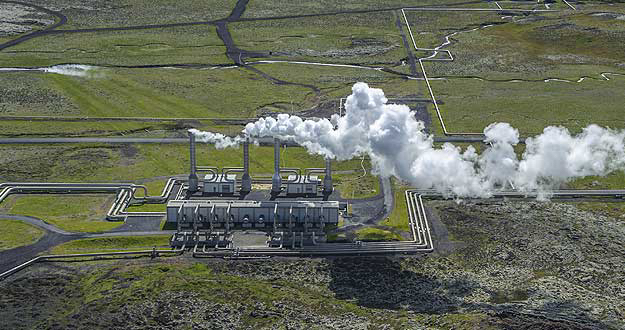
Technological Innovations
Research and development in geothermal technologies are expected to play a crucial role in Spain’s geothermal future. Innovations in drilling techniques, enhanced geothermal systems (EGS), and improved heat extraction methods can increase the efficiency and viability of geothermal projects.
Expansion of Geothermal Projects
Spain is witnessing a growing number of geothermal projects, both for electricity generation and direct heating applications. Projects like the Tenerife Geothermal Project, which aims to harness the volcanic geothermal resources of the Canary Islands, exemplify this trend.
Community Geothermal Initiatives
Community geothermal projects are also on the rise. These initiatives allow local communities to invest in geothermal heating systems, reducing energy costs and promoting sustainability. Such projects can foster community engagement and increase public support for geothermal energy.
Conclusion
Geothermal energy in Spain is on the brink of significant growth. With its vast geothermal potential, supportive government policies, and increasing public interest, Spain can harness this renewable energy source to contribute to its climate goals and reduce reliance on fossil fuels. While challenges remain, the future of geothermal energy in Spain looks promising, paving the way for a sustainable energy landscape.
References
- Spanish Geothermal Association (AGE)
- National Commission of Markets and Competition (CNMC)
- Ministry for the Ecological Transition
- National Energy and Climate Plan (NECP)
- European Commission – The Green Deal
